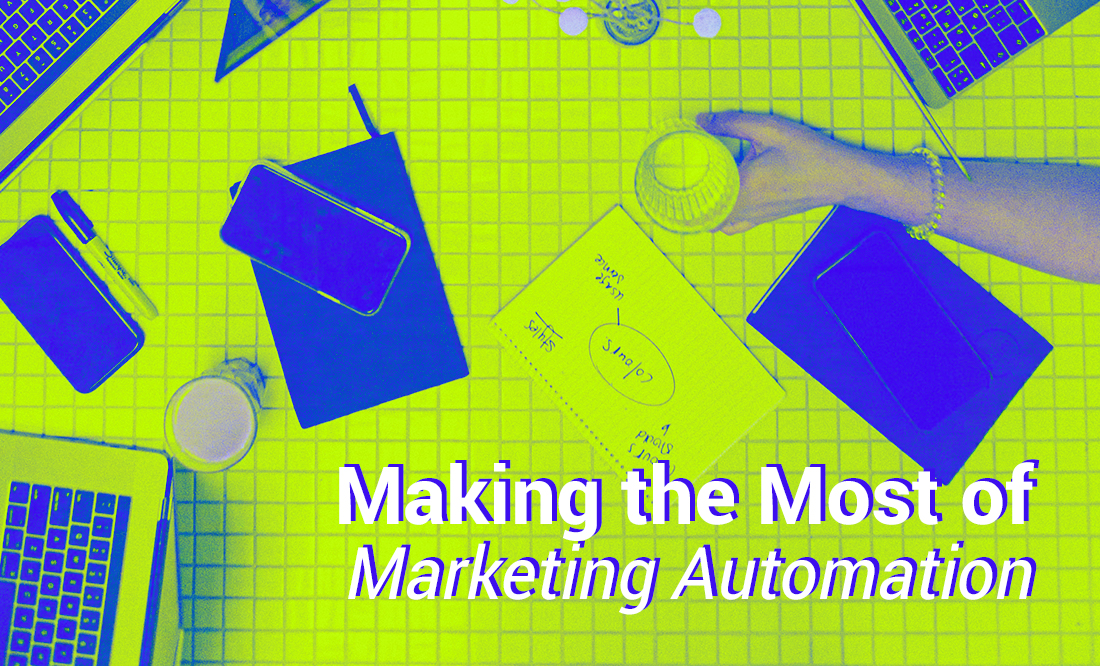It is no longer a secret that customer expectations are evolving, demanding personalized services and a seamless buying journey. Marketing automation is helping marketers to keep up with these expectations and escalate customer engagement and retention. All this has been made possible via its ability to automate repetitive, labor-intensive marketing tasks, including social media management, email and ad campaigns, and lead generation. In many instances, it is proving to be a game-changer with lead quantity and sales productivity increasing by 80% and 14.5% (Source: Marketing Automation Report 2021: Lead Generation and Lead Qualification Through Data-Driven Marketing in B2B). While 81% of organizations are already using marketing automation tools (Source: Forrester Data: Marketing Automation Technology Forecast, 2017 To 2023 (Global), the market size which stood at USD 5.18 billion in 2022 is expected to surpass USD 13.7 billion in 2030 (Source: Polaris Market Research)
As the ecosystem becomes aware of the advantages of putting marketing processes on autopilot, new trends and technologies will further advance marketing automation while maximizing marketing efforts. So what’s in store for 2023? Let’s take stock of the top trends slated to impact and take over the marketing automation industry this year.
When combined with marketing automation, marketers can amp up their omnichannel marketing strategy by creating custom and targeted campaigns that can cut through multiple layers of an ‘omni-campaign’s’ customer engagement lending them a unified seamless experience. With data insights, they can then fine-tune their strategies to increase conversions and engagement.
Marketing automation not only facilitates the collection of otherwise time-consuming and daunting data but also automatically segments customers, tracks potential leads, and monitors customer journeys, giving customers what they want. Targeted campaigns gleaned from quality customer data-led insights are bound to increase conversions and, eventually, brand sales.
Seth Godin, an entrepreneur, best-selling author, and speaker has rightly said, “ Marketing is no longer about the stuff that you make, but about the stories you tell.” Marketing automation helps brands to create interactive content or add gamification – the sky’s the limit.
Push notifications have ‘naturally’ grown as a feature with the unprecedented growth of mobile usage. Timeliness is a big problem, as 63% of marketers fail in messaging, timing, and frequency of push notifications. Marketing automation ensures segmentation of the target audience, creates and sends push notifications at a time when each user is most likely to interact with the brand on their previously demonstrated behavior. This way, brands can send relevant push notifications for cart abandonment as they get 50% higher open rates than emails, increasing conversions and engagement.
When talking about automation, Artificial Intelligence(AI) and Machine Learning(ML) are ubiquitous and platforms empowered by it will continue to dominate the marketing landscape and make predictive personalization the norm in 2023. Tracking platforms with AI capabilities can aid in automating campaign management and show the right advert to the right user, ensuring effective performance marketing. Using AI and ML with automated marketing tools will further help brands to deliver hyper-personalized experiences, augmenting the impact of campaigns.
Conventional sales funnels are not effective in the current digital era and creating a sales funnel that goes through the several layers of omnichannel can be quite complex. Automation facilitates funnel-optimized engagement allowing brands to simplify the process, provide relevant information at each phase of the buying journey, and increase engagement.
As part of conversational marketing, chatbots are making conversational marketing a norm and conducting personalized conversations with customers- addressing their need to be heard. Marketing automation not only removes the complexities and drives meaningful conversations but also keeps the human element intact to avoid sounding robotic. NLP (Natural Language Processing) can help drive conversational responses in automation.
A digital marketing strategy is incomplete without Search Engine Optimization (SEO), with 61% of marketers gaining more leads from SEO than any other marketing activity (Source: State of Marketing Trends report 2022). Not to forget, social media has become a central place for customers to reach out to brands. Automating SEO activities like keyword research, competitive analysis, content optimization, etc., ensures streamlined, saving time and running optimized websites. Social media automation saves tons of time in scheduling posts, creating targeted ad campaigns, and sending them out to the right audience at the right time. Cumulative efforts lead to higher ranking and a boost in brand awareness.
Apart from the above trends, personalized automated emails and mobile marketing automation will make using an innovative tracking tool that enables marketing automation more crucial than ever. Ease of use and affordability is driving the demand for marketing automation, and it will play a key role in delivering personalized and engaging experiences to consumers in 2023.
The following Yogeeta Chainani, from 2023 provides their research perspective. HERE



